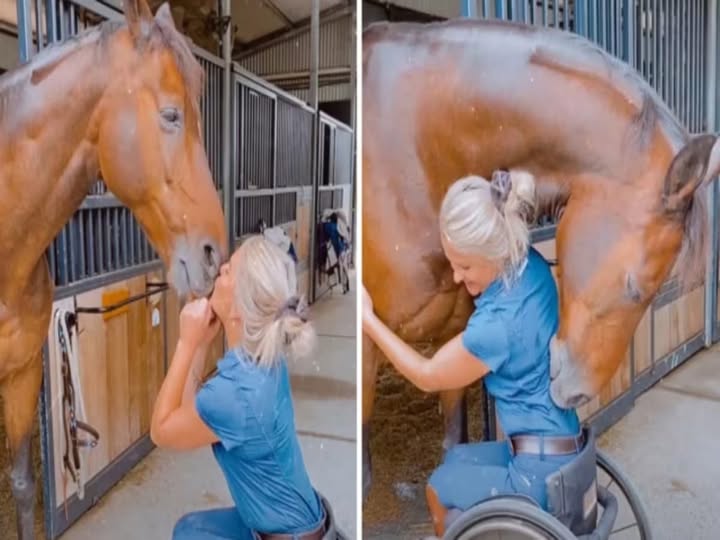The Impact of Intimacy Education on Personal Experiences
For many individuals, the first intimate experience is often envisioned as a beautiful moment filled with affection, trust, and curiosity. However, reality can sometimes present a starkly different picture. A young writer found themselves unexpectedly engulfed by a tumult of emotions that included fear, confusion, and pain. Rather than the anticipated journey of discovery, their experience spiraled into chaos, marked by panic, tears, and a traumatic rush to the hospital. This incident not only inflicted physical injury but also carved a deep emotional scar that lingered long after the body healed.
As days turned into weeks, the writer grappled with the aftermath of that harrowing experience. Initially, feelings of shame took root, creating a suffocating atmosphere around them. They found themselves wrestling with an overwhelming sense of embarrassment, whispering to themselves that they ought to have been better prepared for such a moment. This self-blame, however, was merely the surface of a deeper emotional wound—regret for the choices made amidst confusion and an aching silence that amplified their trauma. It became evident that throughout their upbringing, the essential discussions surrounding safe intimacy were notably absent, leaving them unprepared for the complexities of adult relationships.
The Necessity of Intimacy Education
The lack of honest conversation about consent, comfort, and the natural limits of the body left the writer feeling ill-equipped when faced with a moment that demanded vulnerability. This absence of guidance transformed what should have been a natural exploration into a frightening ordeal. When healthcare professionals finally explained the nature of the injuries sustained, they did so with compassion, highlighting that such incidents could have been averted with better understanding and knowledge. For instance, understanding the basics of consent and personal boundaries would have empowered the writer to communicate their discomfort more effectively.
These revelations served as both a source of relief and additional emotional weight for the writer. They began to realize that the pain was not born from curiosity or desire but rather from the silence surrounding intimate education. In many cultures, discussing topics like intimacy and consent is often viewed as taboo, leading to a lack of resources for individuals seeking guidance. This silence creates a perilous void where individuals stumble through critical moments without the necessary tools to navigate them safely. Consequently, the aftermath of the incident stretched far beyond physical recovery; it permeated their mental state and daily interactions, affecting their ability to form trusting relationships in the future.
Long-term Effects of Trauma
As the writer sought healing, it became evident that the journey was not simple. Everyday reminders and discussions about relationships prompted unwelcome tension. Even the slightest gesture of affection from trusted friends could ignite unexpected feelings of unease. They learned the importance of patience and honesty in the process of healing, understanding that trauma thrives in the shadows cast by withheld knowledge and unaddressed emotions. Therapy sessions became a crucial part of their recovery, allowing them to unravel the complexities of their feelings and confront the internalized shame associated with their experience.
Over time, the narrative of that painful memory began to shift. No longer was it solely a source of shame; instead, it emerged as a catalyst for change and education. The writer transformed their trauma into a platform for awareness, advocating for comprehensive intimacy education in schools and communities. They began to see the value in sharing their story, realizing that many others might be grappling with similar feelings of confusion and fear due to a lack of proper guidance.
A Call for Open Dialogue
With a renewed sense of purpose, the writer made the courageous decision to share their story. It was not motivated by a desire for shock or sympathy; rather, it served as a confession and a plea for transformative change. Many individuals enter intimate experiences with limited understanding of their bodies, their limits, and their rights. The societal pressure to feign knowledge only compounds the problem, creating an environment where silence reigns and confusion flourishes.
The writer’s hope is that their narrative can help dismantle this damaging silence. By fostering open discussions, promoting compassionate education, and advocating for a culture where curiosity is encouraged to flourish in safe environments, we can pave the way for healthier intimate experiences. The way forward hinges on our ability to address these vital topics openly and honestly. Initiatives like workshops, seminars, and inclusive sexual education programs can arm individuals with the knowledge they need to navigate intimate relationships safely and confidently.
In conclusion, the journey towards healing from intimate trauma is complex and deeply personal. However, by engaging in discussions that normalize intimacy education, society can create a more supportive environment for those navigating similar experiences. It is imperative that we recognize the importance of equipping individuals with the tools necessary to foster healthy relationships. The writer’s story is not just a recount of personal pain; it is a call to action for all of us to ensure that no one else has to endure the same harrowing journey without the support and knowledge they deserve.

















